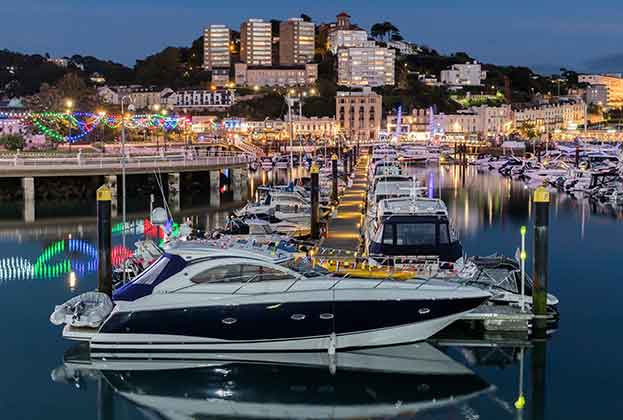The proportion of retailers left open for trade and the variation across different asset classes
Savills Research estimates that in the week following the beginning of the restrictions 73% of retail and leisure operators from across the whole of the UK were classified as ‘non-essential’ and were required to shut. Conversely, only 27% of the UK retail and leisure market was, therefore, eligible to stay open which resulted in an uneven spread of trade across different asset classes. The chart below highlights that a third of these essential retailers were on the high street, while three-fifths consisted of individual standalone shops or small shopping parades. On a unit basis, out-of-town retail and shopping parks accounted for only 6% of what was left open, with shopping centres being the hardest hit accounting for only 2% of essential retail operations.
As a proportion of the whole of the UK retail and leisure market the figures looked bleak. Only 9% of UK retail was left open via the high street, 16% across individual shops and parades, only 2% for out-of-town assets and less than half a percent for shopping centres (see below).
The closure of all but essential retailers due to Covid-19 is one of the most significant changes within the UK retail market in living memory. There is no denying that having only a quarter of the UK’s shops deemed as essential and able to trade by the end of Q1 was devastating for the country’s retail and leisure economy. On the surface it seems that the high street showed slightly more resilience than both retail warehousing and shopping centres in this initial phase, however context is everything; as a proportion of their respective markets out of town fared better with just under a third of all units remaining open in that market. High streets and shopping centres both had less than a fifth of their respective markets still trading (see below).
The early resilience in the out of town market is demonstrated further when analysing the figures by floorspace instead of by unit. Of those retailers deemed as essential, high streets accounted for a similar proportion by floorspace as they did by unit at just over a third (38%). Retail warehousing however accounted for more than half of all retail space open and trading at 54%, undoubtedly as a result of the larger format retailers considered essential, particularly foodstore operators, that typically take more space in the out of town retail market (see below).
As a proportion the UK’s entire retail and leisure footprint again the retail warehousing market came out on top. A quarter of all UK floorspace remained open via out of town, 17% across high streets and as little as 2% for shopping centres (see below).
Analysing each market separately (see below) highlights how as much 61% of retail warehousing floorspace was designated as essential, whilst for high streets it was just under a third and shopping centres a quarter of their total UK floorspace.
Read the articles within Spotlight: The initial impact of Covid-19 on the retail and leisure market below.
.jpg)
.jpg)
.jpg)
.jpg)

.jpg)
.jpg)